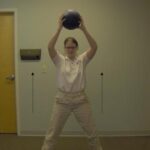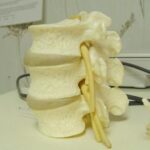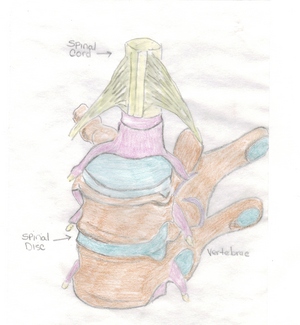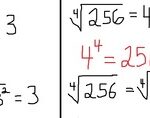Almost everyone has experienced back pain from time to time. There are some who suffer with it on an almost daily basis due to degenerative disc disease (DDD) . Deliberative changes to the spine cause slight misalignment of the vertebrae, and as a result the discs can sustain trauma from compression, and from nicks and tears. As a person with degenerative disc disease, I have lived a long time with back pain. Back in the early 1990s I had a series of epidural injections which are also called nerve root blocks, and more commonly referred to as nerve blocks.
Degenerative disc disease isn’t really a disease at all; in fact, the name is really a misnomer. When my doctor diagnosed me with degenerative disc disease I thought I had some disease of the spine that would get worse over time and put me into a wheelchair. Not so. It is called “degenerative” because as a person gets older the symptoms of joint pain and stiffness may get more pronounced. In degenerative disc disease the discs do go through degenerative changes over time, but your over all condition does not worsen. The discs can wear out, herniate, or rupture. With disc rupture there is dessication of the joint, where the disc has ruptured and dried up. In joints with dessication, the vertebrae are literally bone against bone.
I was working as a nurse when I had one back injury too many. The repetitive motions of bending over the medication cart, and lifting patients caused lumbar and sacral disc herniations at L-4, 5 and S-1. I was in the hospital in traction for a few days and released to go home in traction. At that time I had a daughter to raise and I couldn’t just say home unable to work. After a fair amount of time had passed and I wasn’t able to stand or sit in one position for very long due to severe pain, my doctor said I should have a nerve block done. I have had nerve blocks before, so I knew what was going to happen.
I had what is known as an epidural injection in the lower spine. Sometimes they are done under conscious anesthesia, but mine wasn’t. The epidural injection is called such, because the needle is placed into the epidural space where the nerve root is located. The injection felt like a really bad bee sting, but after the numbing medicine mixed with the corticosteroid medication the pain was gone almost instantly. I had to lie still for a few minutes, because it is possible a patient could go into shock due to the blood pressure dropping suddenly. After the 30 minutes of recovery time I was fine and was able to start working with physical therapy to rebuild strength in the muscles of my low back.
The symptoms may vary with DDD. Some patients with significant disc degeneration may have little or no pain, while others suffer severe pain. With degenerative disc disease, many people also have a pinched nerve in the back, this is when the disc has prolapsed and compresses the nerve against the bone. The nerve gets inflamed and sends pain impulses to the brain that tells you your back is hurting. Many people, me included, have pain that extends from the low back to the buttock and down the leg. Right now while I am typing this article my lower right leg and foot is tingling like it is asleep, but I have no pain. Thanks to the nerve blocks I have had in the past, I don’t have as many episodes of debilitating pain that I used to have, though there are times when getting out of bed in the mornings I cannot walk and stand upright without the aid of two canes. Once I am up and around for a while I can function fairly well.
Most people with DDD can be managed with non-steroidal pain medications combined with muscle relaxants. Patients that have had to undergo a nerve block or a series of nerve blocks usually get long term pain relief of up to a year or more. Since my nerve blocks I have been fairly well; I don’t have the constant chronic pain. I do have acute pain from time to time, which does subside with rest. Walking seems to be the best for of exercise to strengthen the muscles of the low back. The discs don’t actually get better, but when you exercise and strengthen the muscles of the low back your improved posture can help to alleviate a significant amount of pain.
If you have been diagnosed with DDD, there are several nonsurgical ways to help you with your pain. The epidural nerve block helped me. For more information about the epidural nerve block for back pain see the source at the end of this article.
Source:
http://www.spineuniverse.com/displayarticle.php/article1856.html





